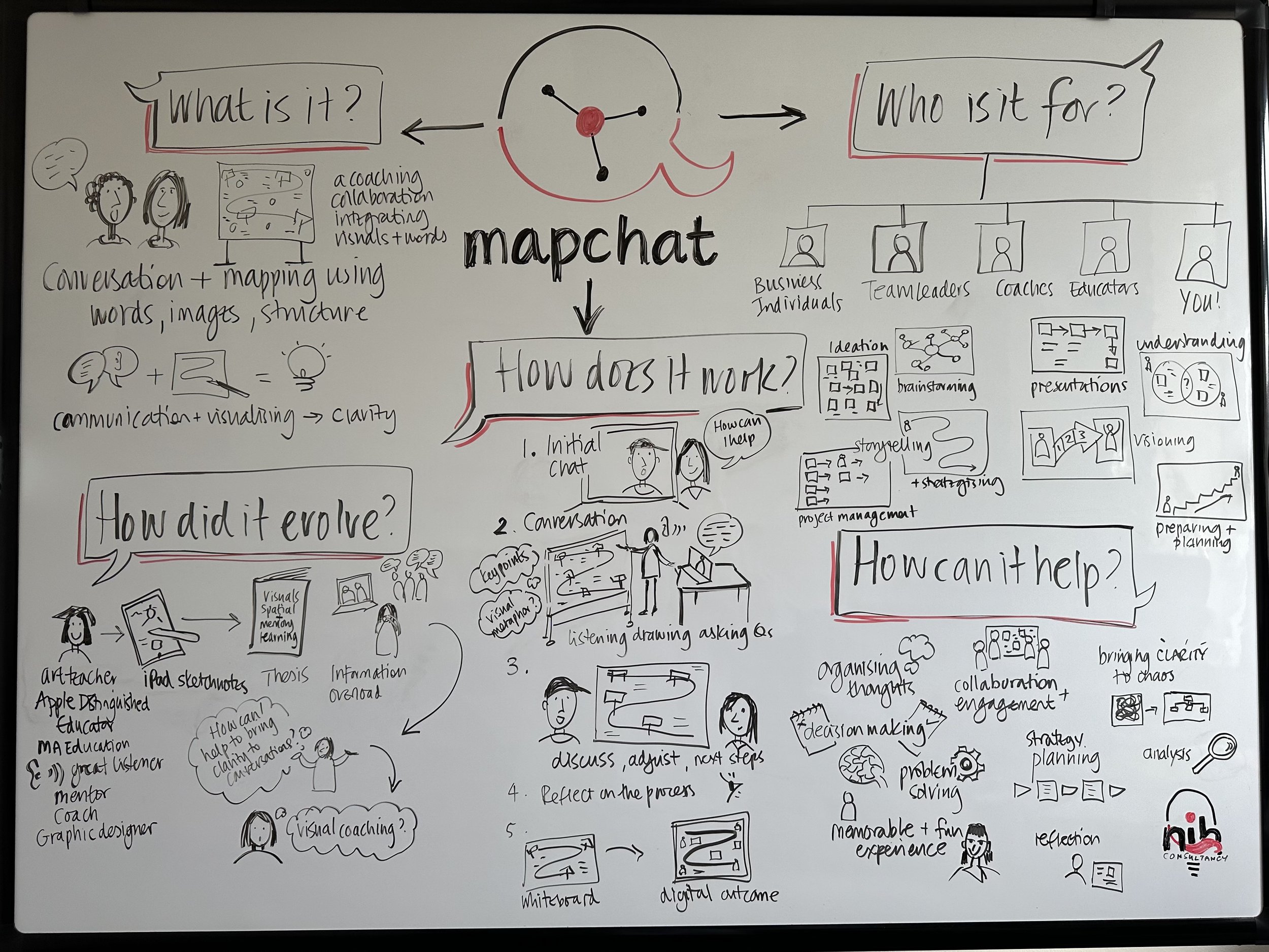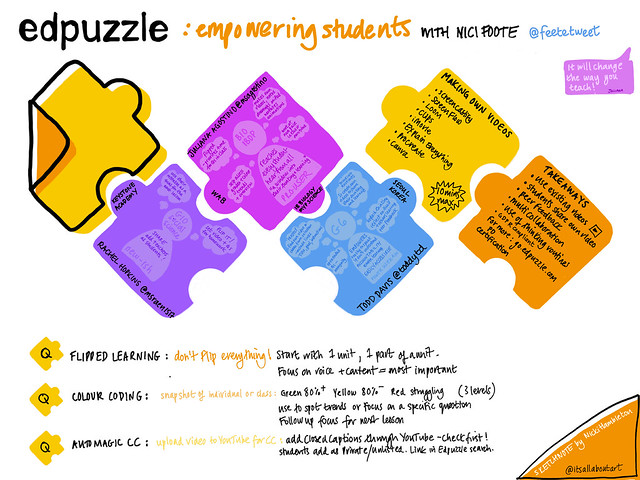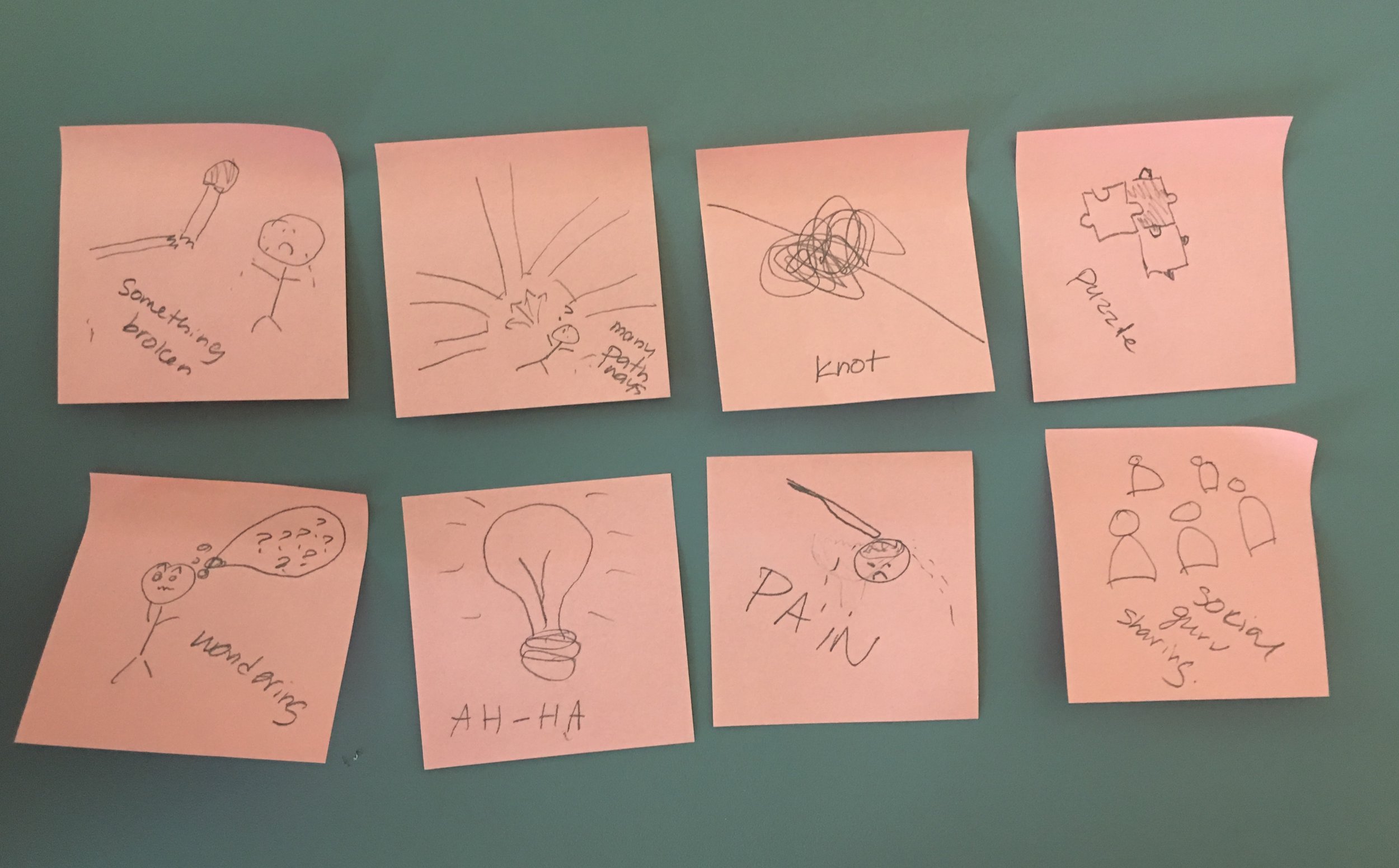Capturing Conversations
Mapchat operates both physically and digitally, capturing ideas in real-time during conversations. The visual map serves as a dynamic framework for organising thoughts and fostering deeper understanding. It serves as a visual platform for facilitating conversations, allowing thoughts and ideas to be mapped out in real-time. By integrating visual strategies with interactive dialogue, Mapchat empowers users to overcome communication barriers, foster collaboration, and unlocks new possibilities for actionable outcomes in any field of work, including strategic planning, project management, problem-solving, and client consultations.
mapchat: Bringing clarity to complex concepts and chaotic conversations.
After completing my Masters' thesis on the impact of visual and spatial strategies on memory and learning, a business collaboration sparked the idea for Mapchat. As we explored the intersection of visual thinking and coaching, it became clear that traditional methods of communication often fell short in capturing the richness of discussions.
Armed with these insights, I created Mapchat to integrate visual clarity with interactive dialogue, empowering individuals and teams to navigate complexity confidently.
How does it work?
Mapchat operates both physically and digitally, capturing ideas in real-time during conversations. The visual map serves as a dynamic framework for organising thoughts and fostering deeper understanding.
Mapchat is designed for educators, coaches, business leaders, and teams across diverse industries. In fact, it can work with anyone! It serves as a visual platform for facilitating conversations, allowing thoughts and ideas to be mapped out in real-time.
Whether you're grappling with new learning experiences, working through a problem you’re facing, or leading strategic initiatives, Mapchat empowers you to navigate complexity with confidence and coherence.
By integrating visual strategies with interactive dialogue, Mapchat empowers users to overcome communication barriers, foster collaboration, and unlocks new possibilities for actionable outcomes in any field of work, including strategic planning, project management, problem-solving, and client consultations.
My ongoing learning journey draws on the power of creativity, resilience, and forward thinking, encouraging me to continually explore new avenues for coaching and conversation, and innovate in the pursuit of more effective communication and collaboration.
By integrating visual strategies with interactive dialogue, Mapchat empowers users to overcome communication barriers, foster collaboration, and unlocks new possibilities for actionable outcomes in any field of work, including strategic planning, project management, problem-solving, and client consultations.
How can Mapchat enhance your field of work? Want to learn more?
Hit CONTACT and let’s see how we can work together!
A Mapchat about Mapchat created on whiteboard
Becoming visible
I am rereading the book “Reach” by Jeff Utecht, a short book about connecting online with communities and networks. Even though written in 2010, when social media was quite different from today, the premise and advise still holds true.
I am rereading the book “Reach” by Jeff Utecht, a short book about connecting online with communities and networks. Even though written in 2010, when social media was quite different from today, the premise and advise still holds true.
Way back, when I was early in my development of sketchnoting I made this visual note for Jeff on the book and it is interesting reviewing the content to see what is relevant or not in today’s society.
“Reach” by Jeff Utecht sketchnote by Nicki Hambleton
Looking at the sketchnote you would be hard pushed to date the information presented to 2012, and yet the internet has progressed in so many way to assist us in communication and connecting since it and the book. How would we have got through lockdown without Skype, WhatsApp or YouTube?
I’m curious to think of what will change in the next 10 years to advice us further.
Recently, I am attempting to become more visible through my new consultancy business and also through my podcast “The Confessions of an Introvert”. On the recent episodes, as I connect to introverts known and unknown, I explain the dilemma of not being seen and not wanting to be noticed. We are truly complex souls! Connecting virtually certainly helps us, as we take time to prepare a post, tweet or update. But, as I grow my business, I must make that leap to become more visible and noticed, guesting on others’ podcasts, sharing my skills and ideas through YouTube and networking through online and F2F conferences and meetings. As introverts, we cannot avoid meeting new people if we want to thrive and we are certainly energised by conversations with like-minded individuals so we must take the leap of faith and jump right in!
If you would like to connect with me, chat about an idea or feature on my podcast, please reach out through the contacts page or via social media.
(see what I did there?!).
I’m really looking forward to connecting with you.
Visualising Thinking
When might visualising thinking help you or your team?
I first started making visual notes back in 2012 in order for me to understand and organise my thinking more clearly.
When might visualising thinking help you or your team?
I attended a very academic school when I was a teenager, and art was not deemed to be as important as other subjects and certainly not seen as a tool for learning. Notes were always heavy on text with highlights and we were never taught how to revise or remember and doodling would have been frowned upon.
Today, there is a wealth of research about retrieval but not so much on visual note taking. Wammes paper describes “The Drawing Effect”: Drawing involves elaboration, visual imagery, motor action and pictorial representation and it is the physical engagement and action of drawing, coupled with the thinking involved in creating, that results in a “memory cue” that is retrievable. The psychologist Alan Paivio called this combination or image and words dual coding whereby we give ourselves 2 channels to remember
So what does all this mean for us in our every day work? How might thinking be improved by using visuals?
Thinking usually goes on in our heads so is not immediately clear to others, even if we explain it verbally. When we combine visuals with text or words we are able to see as well as hear or read what is being communicating, making it far more likely to be understood.
Take this sketchnote I did a module during my Masters:
I used big imagery to capture the main concept and sorted and grouped information together where it connected or was part of a talk or specific paper. I used simple icons so I can easily locate them when I look back over the work.
It didn’t have to be perfect as it was only for my own learning, not for teaching others or sharing.
Here’s another capturing different speakers on a webinar:
I first started making visual notes back in 2012 in order for me to understand and organise my thinking more clearly. As I moved onto more digital notes using a range of apps on the iPad, I began to capture and share others’ thinking too. For me, as a Graphic designer and Visual Arts teacher, it was a fun and engaging way for me to articulate thoughts and ideas and easier to look back on when reflecting or reviewing.
At the beginning I was reluctant to share my notes as they were personal and I had not set out to share them with others. I thought they would be unclear or may have missed some of the points, however the feedback was really positive, with many using them as a resource.
Sketchnotes engage and making learning fun and memorable
Sketchnotes by Nicki Hambleton from 2012-22
I work “tradigitally”, meaning that sometimes I make notes and visuals on the iPad using Procreate, Notability or Goodnotes and sometimes I make notes in a notebook.
I love to use a notebook so I can flick back through ongoing notes but I use the iPad for most of the one off sketchnotes and captures from podcasts, webinars, books and talks.
How might you use visual thinking in your work?
If you would like to see more of my sketchnotes, here is a link to my Flickr album.
Articulating ideas
How do we explain our ideas and communicate meaning? How can we ensure we are understood by everyone?
Articulating our ideas clearly to others is a challenge and often can be ambiguous or misunderstood. Using both words and image can help to clarify meaning and help others to see the connections to their own ideas and opinions.
Visualising thinking is a powerful strategy to use in the classroom, in a meeting, workshop or presentation. Capturing thinking collaboratively on a large whiteboard or paper helps us engage with the topic or problem and lets our thinking become visible. Working together allows dialogue to continue alongside the text and visualisations. We can literally see the conversational changes in direction and reflect back on the journey.
We remember when we engage.
The Secret Strengths of Learners. Visualising thinking, Learning 2, Tokyo 2018
Often people state that they cannot draw and this then holds them back from participating in visualising thinking. But it is not about the quality of the drawings - none of us are Leonardo da Vinci and nor do we need to be. The importance is the participation, the action of drawing and writing - being engaged in the thinking physically.
Drawing helps us to remember
Drawing involves elaboration, visual imagery, motor action and pictorial representation, however it is the combination of the physical action combined with thinking that is most powerful in creating “memory cues” and Wammes et al (2016) describe this as the “The Drawing Effect”
Combining thinking with words and gestures eases cognitive load and it is the superiority of images that helps us remember (Tversky, 2019).
One of the most easily accessible ways of combining words and images to capture thinking and articulate ideas is through a mind map (concept map).
How to take visual notes on an iPad, Nicki Hambleton
You can also start with a bunch of post its to get your thinking going, as I often do with workshop participants, to get them thinking and drawing quickly and simply to capture ideas with minimum stress!
How might you use mind maps and visual thinking to articulate your thinking?
Cultivating Curiosity
How can we cultivate curiosity in ourselves, our students, our teams or schools?
As a child we were curious about everything, wondering how things worked, what happens if I do this or that and experimenting without fear came natural to us. So what happens once we hit teenage years, or once we are in our adult life? Why do we lose that ability to play?
curiosity: the desire to know or learn, a need to know about people or things, something that arouses interest
Photo Credit: el genio del dub Flickr via Compfight cc
Play in Primary school is part of everyday learning. In the Edutopia article “15 ways to use Play-doh in the High School classroom” (Carrie Wisehart, 6th November 2017) Wisehart reminds us that “When students are forced to synthesize what they’ve learned and make a sculpture, they are doing some crazy critical thinking. Play-doh is a great way to keep students engaged, let them use their hands, employ creativity, and you can have a new and different form of assessment that is actually fun.”
The same can be said for Lego. Lego Serious Play is becoming a staple in classrooms and businesses around the world. Joel Birch (The Very Serious Business Co. and Certified Facilitator of LEGO® Serious Play®) and Liam Isaac (Head of Engineering, Enterprise and Technology at Cheltenham Ladies College, UK) are doing amazing things with students and teachers, integrating thinking as a routine practice.
In her talk “Play On” at the Learning 2 conference in Warsaw, Poland, Elizabeth Perry reminds us that almost all creativity involves purposeful play. She talks us through her own experiences of new learning and how she nearly gave up when faced with a failed drawing.
Play lights up our brains
Creativity and curiosity go hand in hand and I explore this notion in the video below, made in preparation for a talk about creativity a few years ago in Singapore:
How might you tap into your own creativity?
What are you curious to know more about - what is stopping you?
Thinking out loud
It takes a village…
10 years ago the amazing educator Paula Guinto delivered a heartfelt and highly personal talk at Learning 2 Asia. It was called “ink”. She is a natural storyteller, engaging teacher and speaker and we were all captivated by her recount of her journaling and tattoos, hence “ink”. I was privileged to be at the live performance, entranced by her ability to capture an audience and hold them in her hand until the final word. To capture all the nuances of her talk in a single image was a challenge and yet it is still one of my favourite sketchnotes to this day. It takes me right back to her voice, her stories, her nerves, her scarf and her vulnerability.
Hand drawn sketchnote by Nicki Hambleton on Paula Guinto’s Learning2 Asia Talk “Ink” 2013, Singapore
Little did I know that this moment was to be the start of my story about the power of visuals to communicate and capture conversations, share stories and spark change, and illustrate ideas to inspire innovation. 2013 was the year I became an Apple Distinguished Educator and connected with so many inspiring individuals who are still part of my community of supporters and champions today.
Thinking has become my everyday focus: thinking slow, thinking deeply, thinking for clarity and thinking for reflection, for ideas and creativity and for connecting. Many people say that they are not creative or imaginative or they don’t have ideas or cannot draw, but these are just different ways of thinking and knowing how to tap into our minds to open up possibilities. Over the coming weeks and months, this blog space will explore ways of thinking and share strategies in how to tap into your creativity and imagination: Cultivating Curiosity, Capturing Conversations, Articulating Ideas and Empowering Change. I hope you will join me and share your thinking.
















